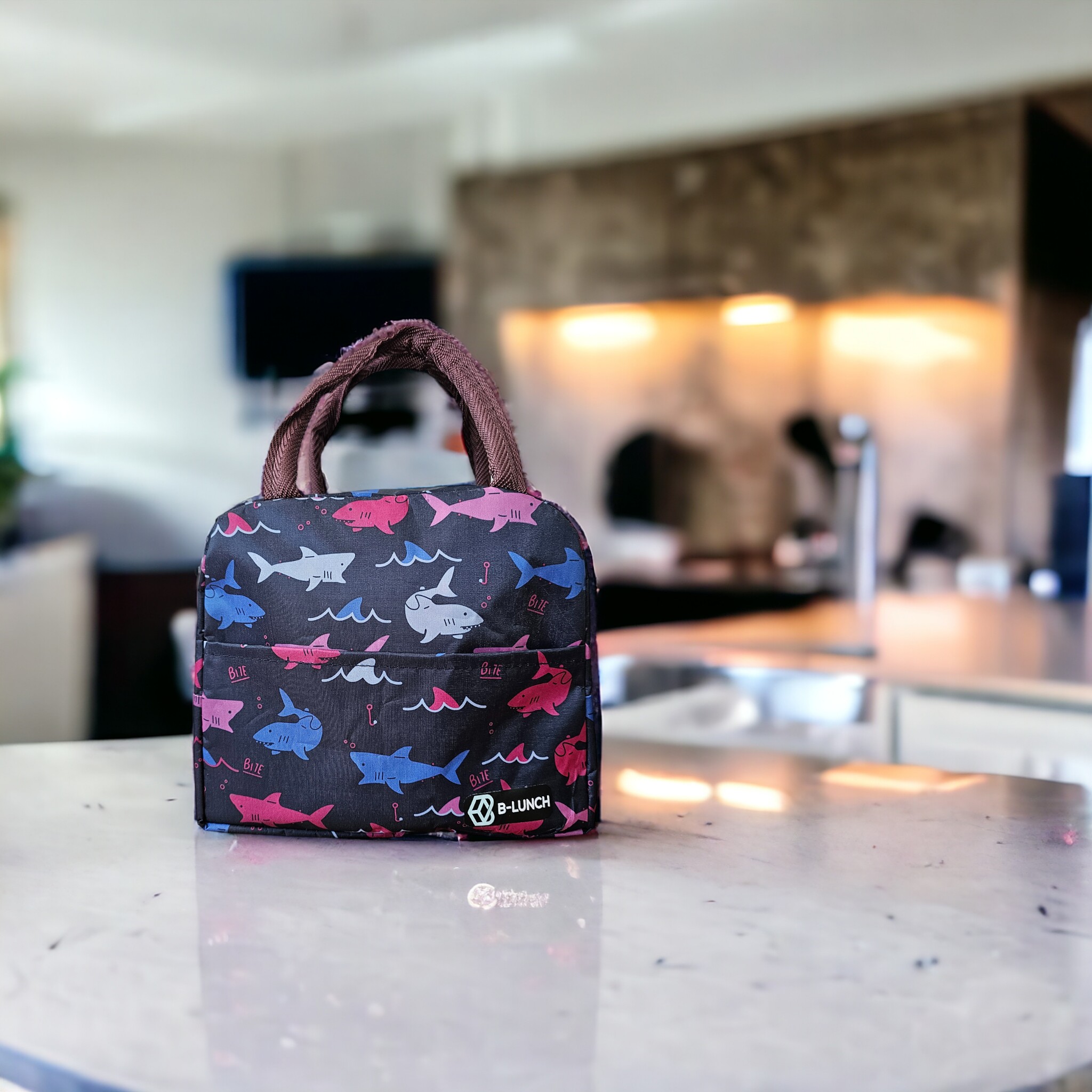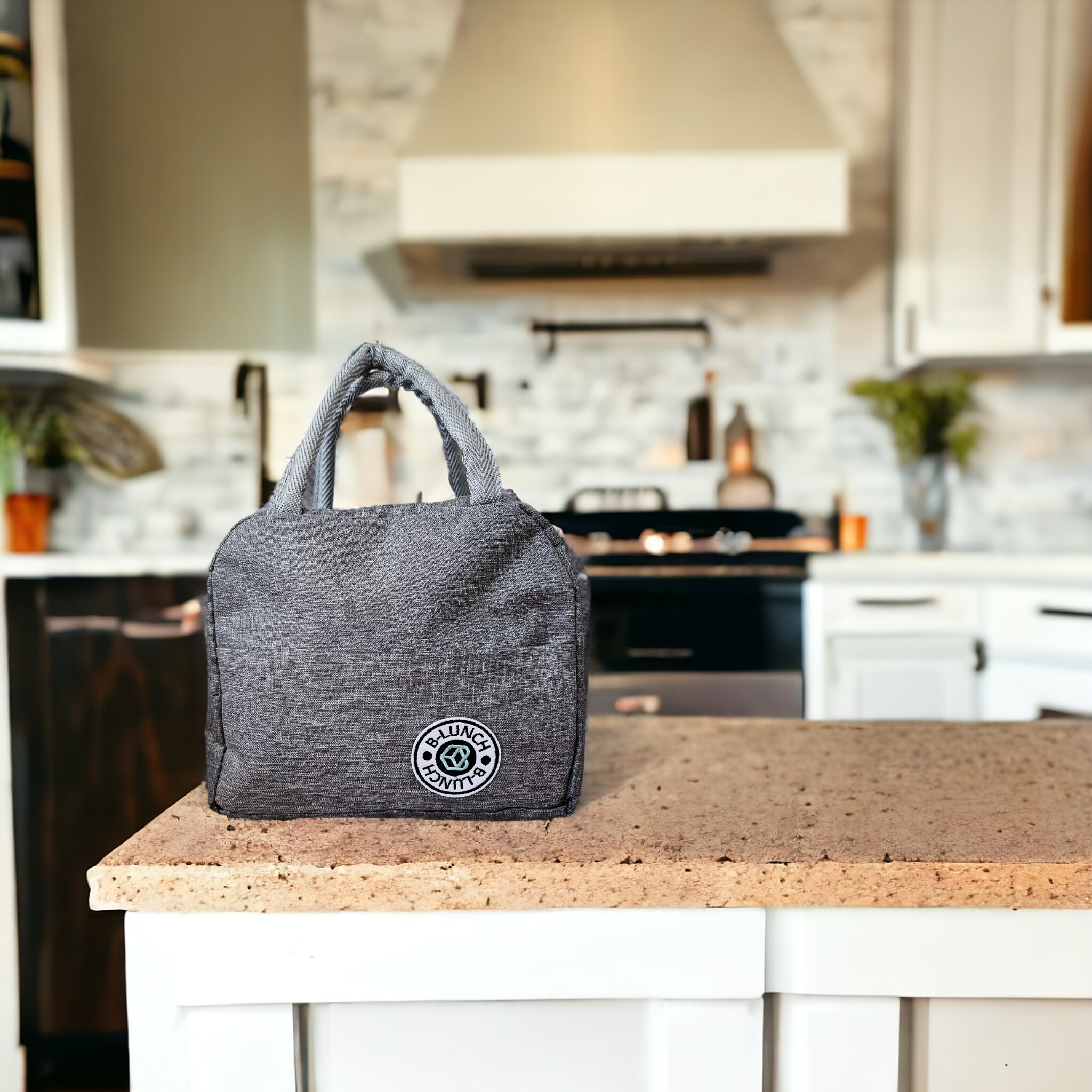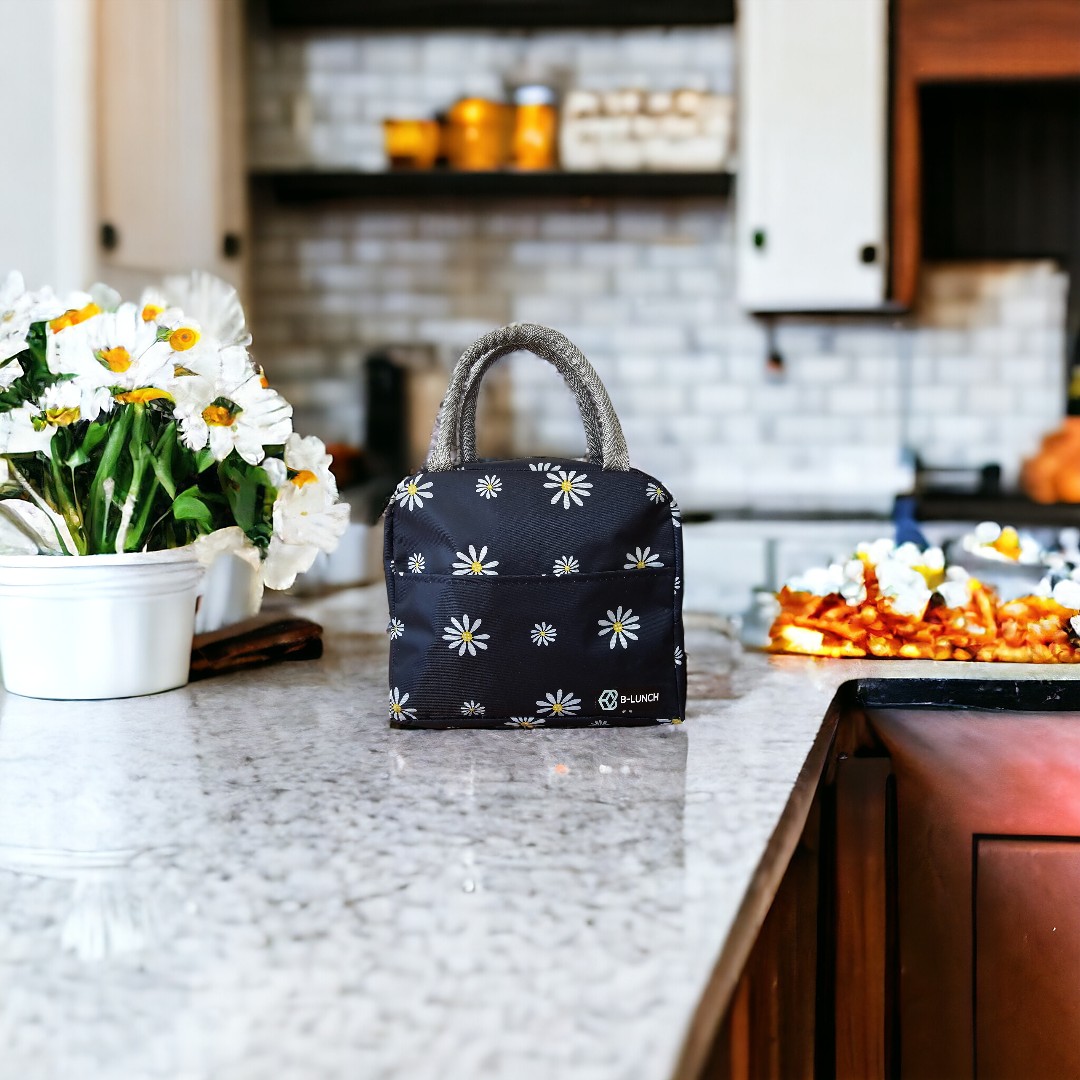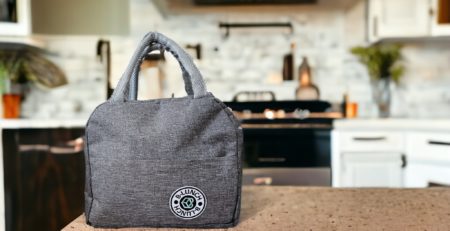
Keeping food hot in a lunch bag is essential when you want to enjoy a warm meal on the go, whether at work, school, or during travel. While insulated lunch bags are primarily designed to maintain temperature, using the right techniques and tools can significantly improve their heat retention capabilities. This guide will provide actionable tips to help you keep your food hot for hours, ensuring it’s just as delicious as when it was freshly prepared.
1. Use a High-Quality Insulated Lunch Bag
The foundation of keeping food hot lies in using a high-quality insulated lunch bag. These bags are designed with thermal insulation materials that reduce heat loss. When choosing an insulated lunch bag, look for features such as:
- Thick insulation layers: The thicker the insulation, the better it retains heat.
- Tight-sealing zippers or flaps: These minimize air exchange and keep the heat locked inside.
- Reflective interior lining: Some bags have reflective linings that help to reflect heat back into the food container.
Investing in a high-quality bag ensures a strong baseline for keeping your food hot.
2. Preheat Your Lunch Bag
A little-known but effective tip is to preheat your lunch bag before placing your food inside. You can do this by:
- Using a hot water bottle: Place a hot water bottle or heat pack inside the bag for 5–10 minutes before adding your food.
- Pouring hot water into a container: If you don’t have a hot water bottle, pour hot water into a container and let it sit inside the lunch bag. Then, empty it before packing your food.
This preheating technique warms up the interior of the bag, creating a more conducive environment to retain heat.
3. Pack Food in Insulated Containers
While the lunch bag provides external insulation, using insulated containers or thermoses adds another layer of heat retention. Look for containers that are double-walled and vacuum-sealed, as they are specifically designed to keep food hot for extended periods.
- Soup and stews: Use a vacuum-sealed thermos for liquid foods. Preheat the thermos by filling it with hot water for a few minutes before adding your hot soup or stew.
- Solid meals: For rice, pasta, or other solid dishes, an insulated food jar works best.
By combining an insulated container with an insulated lunch bag, you maximize heat retention.
4. Wrap Your Food in Aluminum Foil
Aluminum foil is an excellent heat conductor and insulator. Wrapping your food in aluminum foil before placing it in the lunch bag helps to:
- Trap heat inside the food.
- Reflect heat back to the food to maintain its temperature.
For added insulation, you can also wrap the aluminum foil-covered food in a kitchen towel before placing it in the lunch bag.
5. Use Heat Packs or Hot Water Bottles
Heat packs or hot water bottles are practical tools for keeping food warm. They act as additional heat sources inside the lunch bag, ensuring that the temperature remains stable.
- Reusable heat packs: These can be heated in a microwave and reused multiple times. Place them alongside your food containers.
- Hot water bottles: A simple and effective alternative to heat packs. Be sure to seal them tightly to avoid leaks.
6. Minimize Empty Space in the Bag
Empty space in the lunch bag can cause heat to dissipate more quickly. To minimize this, pack the bag tightly. You can:
- Use towels or napkins to fill any gaps.
- Arrange containers close together to retain heat.
The less air circulating inside the bag, the better the food retains its heat.
7. Avoid Opening the Bag Frequently
Every time you open the lunch bag, heat escapes. To maintain the food’s temperature:
- Avoid opening the bag unnecessarily.
- Ensure all items you need for your meal, such as utensils and condiments, are packed beforehand to reduce the need for opening and closing.
8. Keep the Bag Away From Cold Environments
The surrounding environment can affect the temperature inside the bag. To help keep food hot:
- Avoid placing the lunch bag on cold surfaces like metal tables.
- Keep it away from air-conditioned areas or drafts.
- If possible, store the bag in a warm spot until you’re ready to eat.
Conclusion
Keeping food hot in a lunch bag is achievable with the right combination of tools and techniques. Start by investing in a high-quality insulated lunch bag and pairing it with insulated containers. Preheat the bag, wrap your food in aluminum foil, and add heat packs for extra warmth. Minimize empty space in the bag, avoid frequent openings, and store it in a warm environment. By following these tips, you can enjoy a hot, satisfying meal no matter where you are. Whether it’s a hearty soup or a warm pasta dish, your lunch will stay fresh and delicious for hours.











